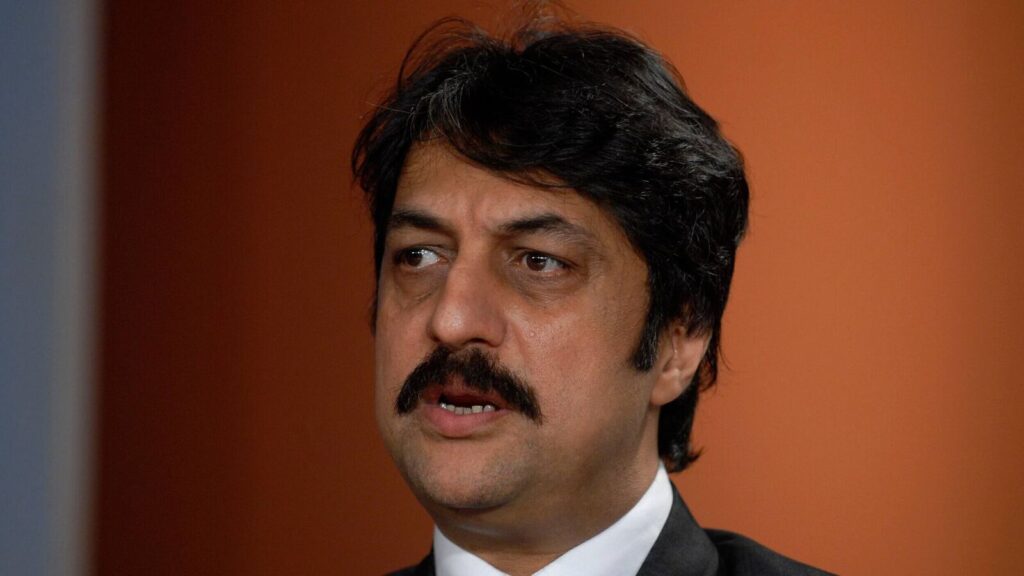In today’s session, Indian markets experienced a dramatic reversal, undoing the gains seen on Monday, as indications from the Lok Sabha election results diverged from the optimistic forecasts of exit polls. This unexpected turn of events sent shockwaves through the investor community, leading to a panic-driven selloff that wiped out approximately ₹26 lakh crore in wealth in intraday trading.
The BSE Sensex plummeted by as much as 6,234.35 points, equivalent to an 8.1 percent decline, hitting an intra-day low of 70,234.43. Simultaneously, the broader Nifty experienced a similar fate, crashing by 1,982.45 points, or 8.5 percent, to reach 21,281.45.
Despite the previous session’s significant rally, reported to be the most substantial single-day surge since January 2021, investors found themselves facing a stark reversal of fortune. The primary catalyst for this sharp decline can be attributed to the disappointing early trends emerging from the Lok Sabha election results, which diverged significantly from the upbeat predictions of exit polls. This dissonance between expectations and reality rattled investors, triggering a substantial market downturn as confidence wavered in the face of uncertain political outcomes.
Let’s take a look at how markets have performed on the previous election result days.
May 23, 2019: Benchmark Nifty declined 0.7 percent to 11,657.05. It hit an intraday high of 12,041.15, and low of 11,614.5.
When the BJP secured its second consecutive victory (‘Modi 2.0’), the markets saw slight declines on this occasion, contrary to the previous trend. This could be interpreted as a response to factors such as global economic uncertainties, trade tensions, or domestic issues that may have influenced market sentiment despite the continuity in government.
May 16, 2014: Nifty advanced 1.12 percent to close at 7,203. Nifty’s intraday high was 7,563.50, and its low was 7,130.65.
This historic moment saw the BJP come to power with Narendra Modi as Prime Minister. While there was a positive response from the market, the increase in both indices was relatively modest compared to previous elections. This suggests that while investors welcomed the new government, there may have been some apprehension or cautious optimism regarding policy changes and their impact on the economy.
May 16, 2009: On this election results day, the markets were closed, since it was a Saturday. However, on the following Monday, May 18, 2009, the Nifty surged by 17.74 percent at 4,323.15.
With the inauguration of UPA 2.0 under the leadership of Dr. Manmohan Singh, the markets witnessed a remarkable surge. The Sensex and Nifty recorded substantial gains, reflecting investor confidence and expectations of stable governance. The intraday highs reached during this period underscored the bullish sentiment prevailing in the market.
May 13, 2004: On this election results day, the Nifty rose 0.37 percent at 1,717.50.
This date marked a significant turning point with the UPA alliance coming to power. Despite the uncertainty surrounding the new government, both the Sensex and Nifty experienced a modest rise, indicating cautious optimism among investors. The intraday fluctuations suggest a degree of volatility as the market reacted to the election outcome.
October 6, 1999: On this results day post the Kargil war as well, Nifty jumped 1 percent to 1,392.70.
The 1999 Lok Sabha elections resulted in a decisive victory for the National Democratic Alliance (NDA) led by the Bharatiya Janata Party (BJP) and its Prime Ministerial candidate, Atal Bihari Vajpayee. The election results were seen as a vote of confidence in Vajpayee’s leadership, particularly his handling of the Kargil conflict and his government’s economic policies.
These historical trends highlight the intricate relationship between political events and market behavior. While election outcomes can significantly influence investor sentiment, a variety of factors, including economic fundamentals, geopolitical developments, and global market trends, also play a crucial role in shaping market movements during such critical junctures. As the current market continues to navigate election-induced volatility, investors are advised to exercise caution, stay informed, and focus on long-term strategies to manage risk and capitalize on opportunities amidst the turbulence.
You are on Mint! India’s #1 news destination (Source: Press Gazette). To learn more about our business coverage and market insights Click Here!
Download The Mint News App to get Daily Market Updates.
Published: 04 Jun 2024, 02:22 PM IST

